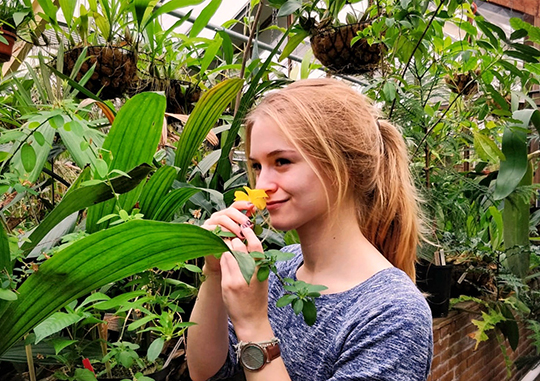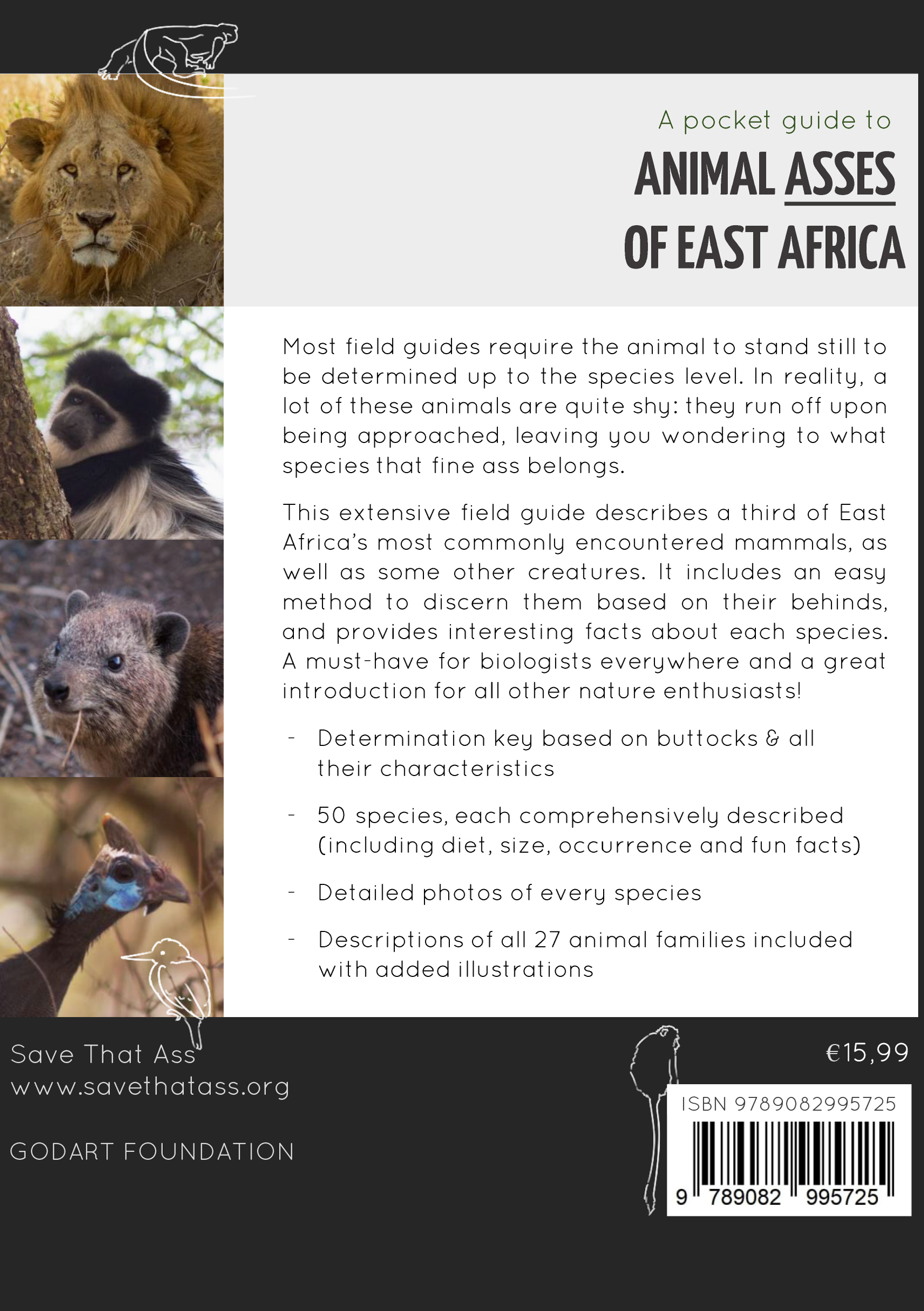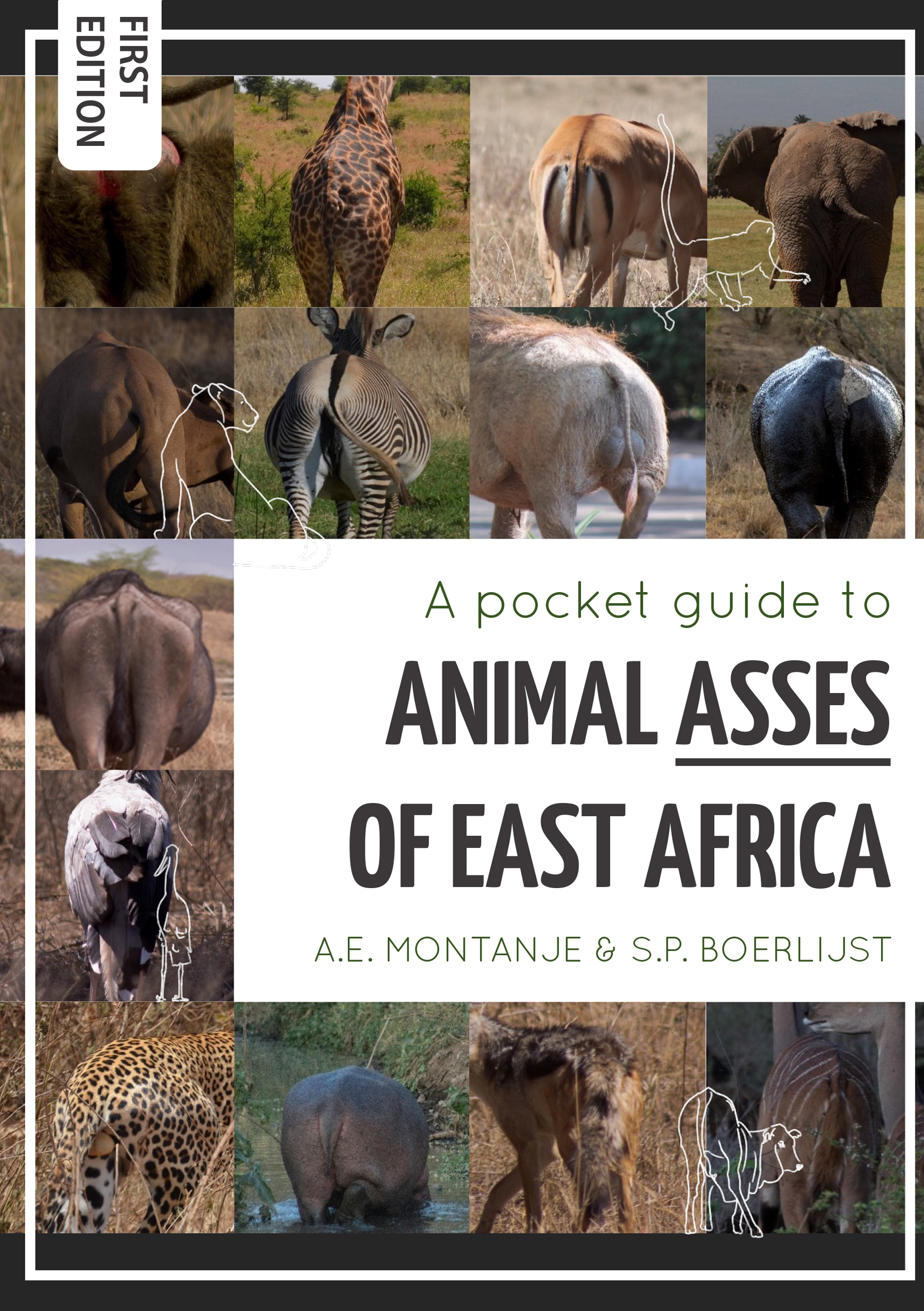
Lois van Laere, MSc
Secretary
Ecologist and science communicator

When studying living beings, it is key to distinguish their species. Different animals do different things, respond in different ways and interact in different ways with their environment. By recognizing species, biologists are able to study them one by one and answer questions like: "What makes a lion so cool?", "When is a hippo too fat?" and "Why do mosquitoes exist?".
So, identifying species is extremely helpful, but it can be harder than it seems. Normally, species are distinguished by their physical characters, which works well on paper. However, in the field, a lot of animals are easily scared and thus run off, leaving you unable to see anything but... their ass. Sadly, relevant characters are often let out of field guides. Well, at least until now.
Therefore, during your next safari, sit back, enjoy the view and use this guide. Because now you'll know the answer to: "To which species does this ass belong?".
Save That Ass presents: A Pocket Guide to Animal Asses of East Africa!
This comprehensive field guide helps in determining one third of East African mammals (but also some reptiles and birds)... solely by their asses.
Do all savannah critters quickly flee when you approach them?
Are you left with just a picture of their marvelous behind?
No problem!
Our pocket guide tells you in a simple and humorous way to what species those breathtaking buttocks belong.

We are a team of Dutch biologists, aiming to bring a positive spin to this world.
With humour we try to create awareness for the need for conservation efforts.
All profits gained during our efforts, including from the sale of our guides, will be put directly into their respective conservation efforts. Alternatively, you can click on the respective name of the organisation to donate directly or you can donate to our go-fund-me to enable us to do more projects in the future.